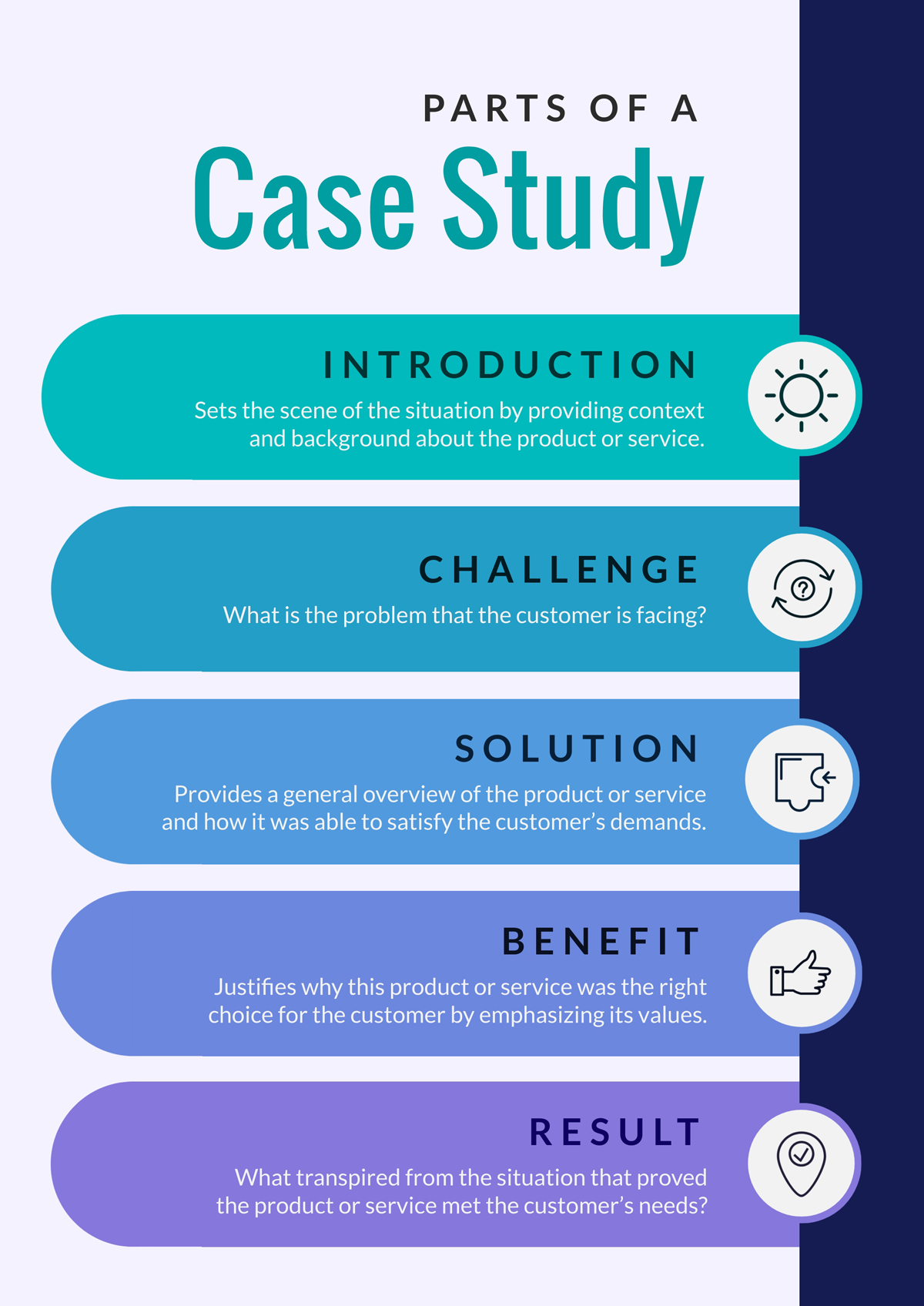You’ve probably wondered how to write a case study for your firm, but don’t know where to start. If you’ve got a client you want to highlight, here’s a template for creating case studies. Gong, for example, lets you search for case studies by industry. There are several filtering options, too. Once you find a case study that interests you, create an outline. It will give you a framework for your case study, making sure that all the important information gets included.
Incorporate a client’s personality into the story
A great case study template incorporates the client’s personality. The example below uses a case study template for the Fuji Xerox company, which highlights concrete results for clients. The template also includes sections for describing the client’s goals and results. Incorporate a client’s personality into the template by thinking about what effect you want to have on your reader and tailoring your design to reflect that.
Include a direct quote
If you want your case study to be unique and persuasive, consider using a direct quote from your client. Studies have shown that a direct quote will increase your credibility and make the protagonist of your case study more human. To get a direct quote from your client, you can either lift a part of the conversation or specifically ask for a quote. To make the direct quote stand out, use a bright contrasting speech bubble.
A direct quote is a word or phrase that you copy from a source. It can be a sentence, a word, or the whole text of a passage. If you use a direct quote, it must be properly formatted and documented. The in-text citation should include the source’s last name, year of publication, and page number, which is usually accompanied by a hyphen. Alternatively, if you omit material from a source, you must use an ellipsis followed by a period.
While writing a case study, make sure to be as accurate and factual as possible. It’s better to be accurate than overly general. Avoid using terms and jargon that are difficult to understand. Instead, write in a conversational tone, as this makes it easier to read for your audience. When creating a case study, your goal should be to position your company as the client or helper, and your audience should envision themselves in the role of the protagonist. If possible, use a humble tone to boost your credibility and appeal to them.
A case study is a way to summarize the benefits of a product or service. It can be used in ad copy, along with press releases. As the name suggests, a case study is a narrative that relates the benefits of a product or service to a real life customer. When you use a direct quote, you’re not simply roping in customers and embellishing their words.
Include a narrative arc
A good case study follows a narrative arc. Good stories contain three essential elements: an opening, a middle, and an end. These elements are used to engage readers and resolve conflict. A case study template should incorporate these key features. In addition to providing details, the case study template should describe the scenario. This will allow readers to visualize what happened and what lessons were learned. A case study template will help you create a story that is both compelling and informative.
A case study template should include three metrics that prospective customers are focused on. Include these metrics at the beginning of the narrative arc to grab the reader’s attention. Then, weave the information into the story arc. Be sure to include the names of the key players and emphasize the goals of the business. Then, close with a call to action. Whether you are writing for internal teams or external audiences, remember to include a narrative arc in your case study template.
The story arc reveals the problem or outcome. The problem can be a lawsuit, an acquisition, an internal investigation, or a marketing strategy. For example, a law firm focuses on M&A might want to demonstrate its capabilities in employment litigation. For this reason, they use a case study template that includes the arc as part of the story. There are many ways to use a narrative arc in a case study template.
Include a visual representation of the plot
There are several rules that must be followed when you’re using a visual element in your case study. In addition to following the guidelines of the journal you’re writing for, you should also avoid distorting images or data. A poorly-chosen visual element can create confusion for your reader. To make sure your visual elements are not distorting, consider these five important rules.

